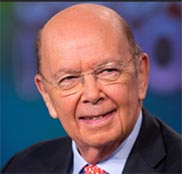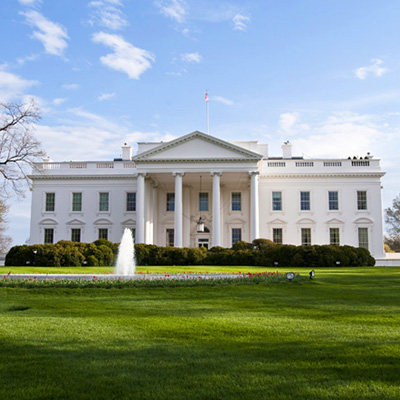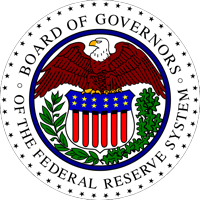January 2019
January 3, 2019March 2019
March 1, 2019A Historic Month
The Federal Government returned to work earlier this week after the longest government shutdown in American history. At 35 days it easily surpassed the previous record holder which took place over 21 days from 1995 to 1996 under President Bill Clinton. Reopening the government put the Department of Commerce back to work, but no FTZ Board activity was published in the month of January. And we may not be out of the woods yet. The government is only funded for 14 more days, raising the specter that another shutdown could be at hand. While the deadline for Grantee submission of FTZ Board Annual Reports has been extended until May 10th, the FTZine Staff urges operators to submit their reports by February 15th as the OFIS website used to submit the reports will go dark if the government shuts down again. Another deadline looming over FTZs this month is March 1st when the U.S. and China must strike a trade deal or risk an increase or expansion of tariffs on Chinese imports. And with the brutal cold in many parts of the country right now you really need to - hold onto your hats, and keep reading.
Top Story: Government Shutdown Halts all FTZ Board Activity
January is the first month in the history of this journal that there has been no activity published in the Federal Register from the U.S. Foreign-Trade Zones Board. The Department of Commerce resumed operations on January 28th, and Enforcement and Compliance, International Trade Administration, which includes the Foreign-Trade Zones Board, released a statement “that any delay and confusion caused by the closure of the Federal Government will best be minimized by uniformly tolling all Enforcement and Compliance deadlines for the effective duration of the recent closure (i.e., 40 days)”.
Certain antidumping and countervailing activity is excepted, but FTZ Board deadlines for general matters, such as Board Annual Reports, will be extended by 40 calendar days in accordance with the announcement. FTZ Board deadlines on specific cases, including comment periods whose start and end dates had been published in the Federal Register before the Department of Commerce closed on December 22, 2018, will remain in effect as previously published according to the announcement. The FTZine staff sees some potential for issues here since deliveries requiring signature were refused during the shutdown, and we will therefore continue to monitor the situation.
Commerce Secretary Ross Casts Doubt On China Deal, President Trump is Optimistic


End of Shutdown Puts Government Back To Work . . . For Now
Fed Softens Interest Rate Stance Amid Lowering Global Forecasts


Brexit and Venzuela Instability Could Impact U.S. FTZ Activity


